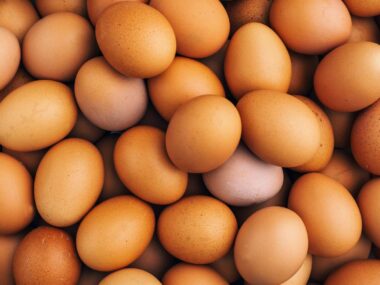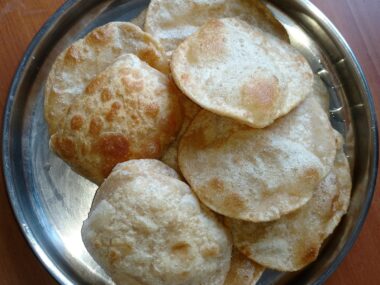Sugarcane, a tall perennial grass native to tropical areas, has lengthy been prized for its candy style and flexibility in culinary functions. Past its position as a supply of sugar, sugarcane and its by-products are utilized in varied cuisines around the globe so as to add flavour, texture, and depth to dishes.

Sugarcane Juice
One of the crucial widespread culinary makes use of of sugarcane is within the manufacturing of sugarcane juice. In lots of tropical nations, freshly pressed sugarcane juice is a well-liked beverage loved for its refreshing style and pure sweetness.
It’s typically served chilly, generally with a squeeze of lime or a splash of ginger for added flavour. Sugarcane juice stands and distributors could be present in bustling markets and road corners, providing a cool respite on scorching days.

Cane Sugar
Probably the most well-known culinary product derived from sugarcane is cane sugar. Whether or not in its uncooked kind as jaggery or refined white sugar, cane sugar is a staple ingredient in kitchens around the globe.
It’s utilized in a myriad of candy and savoury dishes, from desserts and pastries to sauces, marinades, and drinks. Along with its sweetness, cane sugar additionally provides texture and caramelization to dishes when melted or caramelized.

Sugarcane Syrup and Molasses
Sugarcane syrup, also referred to as cane syrup or sugarcane molasses, is one other culinary product derived from sugarcane processing. It’s made by boiling sugarcane juice till it thickens right into a syrupy consistency, with a wealthy, caramel-like flavour.
Sugarcane syrup is often used as a sweetener in baking, confectionery, and dessert recipes, imparting a particular depth of flavour. It’s also used as a topping for pancakes, waffles, and ice cream, including a contact of sweetness and complexity.
Jaggery and Panela
Jaggery and panela are unrefined sugars comprised of sugarcane juice or sap, generally present in South Asian and Latin American cuisines, respectively. They’re produced by boiling sugarcane juice till it solidifies into blocks or cones, that are then dried and saved.
Jaggery and panela have a particular taste profile, with notes of caramel, toffee, and molasses. They’re used as sweeteners in a wide range of dishes, together with desserts, drinks, and savoury dishes, and are prized for his or her pure sweetness and dietary advantages.
Sugarcane in Desserts
Sugarcane and its derivatives are featured prominently in desserts and sweets around the globe. In Indian delicacies, sugarcane juice is usually used to make ice lotions, sorbets, and conventional sweets like gajjar halwa and rasgulla.
In Latin America, sugarcane syrup is used to sweeten desserts reminiscent of flan, tres leches cake, and dulce de leche. In Southeast Asia, sugarcane is utilized in desserts like cendol and chè, the place its candy flavour enhances different substances like coconut milk, beans, and tapioca pearls.
Sugarcane in Savory Dishes

Along with its use in candy dishes, sugarcane and its by-products are additionally utilized in savoury cuisines around the globe. In Caribbean delicacies, sugarcane juice is used as a marinade or glaze for meats and seafood, imparting a refined sweetness and caramelization.
In Thai delicacies, sugarcane is used to make miang kham, a conventional snack made with betel leaves wrapped round a combination of sugarcane, peanuts, dried shrimp, and different savoury substances.
In conclusion, Sugarcane and its derivatives play a central position in cuisines around the globe, from refreshing drinks to candy and savoury dishes.
Whether or not loved as a chilly glass of sugarcane juice on a scorching day, a drizzle of sugarcane syrup on pancakes, or a slice of jaggery with a cup of tea, sugarcane provides a novel sweetness and depth of flavour to culinary creations.
Its versatility and cultural significance make it an indispensable ingredient in kitchens and cuisines throughout the globe, enriching dishes with its distinctive style and aroma.










